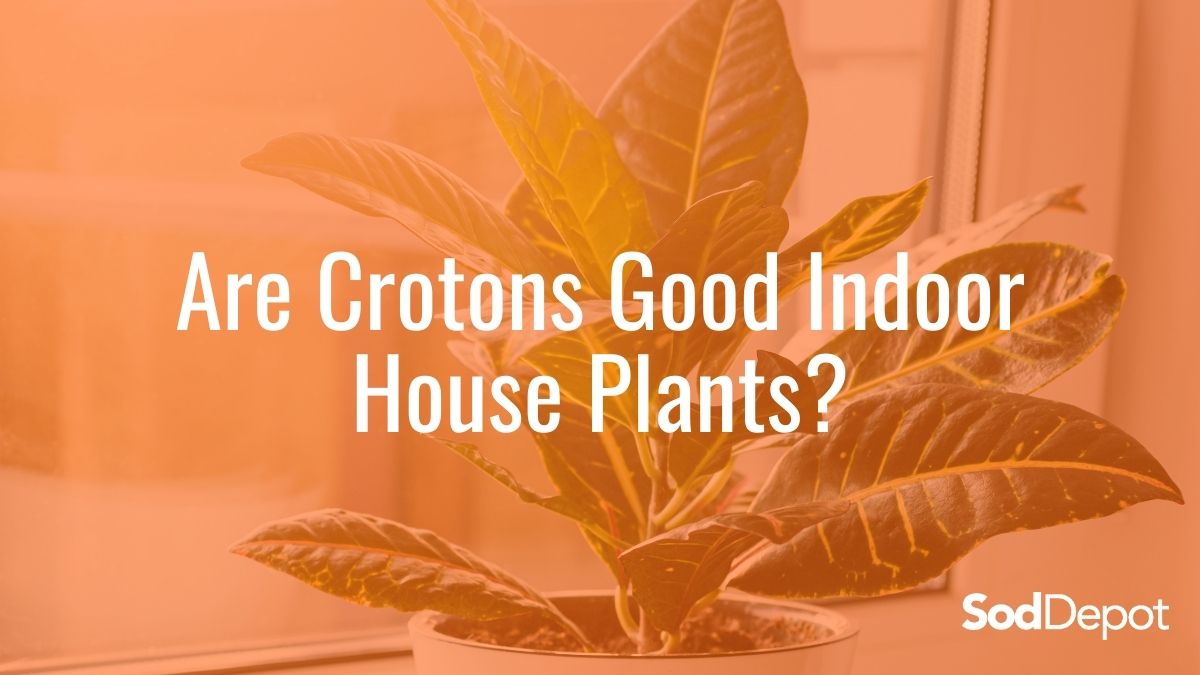Are Crotons Good Indoor House Plants?

The croton plant is commonly cultivated outside in warmer areas, but it may also be grown indoors.
Crotons come in a wide range of leaf forms and colors. Croton leaves can be short, long, twisted, thin, thick, and varied in form. The hues available for croton plants include green, variegated types such as yellow, red-orange, cream, pink, and black.
If you look closely enough, you should be able to find one that matches your taste.
Consider The Light Available in Your Home
When deciding on how to cultivate croton, consider the variety you’ve bought and its light requirements. Some types of croton require a lot of light, while others need medium or little light.
If a croton doesn’t get enough light, its leaves will become smaller and less colorful. Conversely, if a croton gets too much light, its leaves may scorch or fade in color.
The light requirements will also determine where you should place your croton in your home. If you can’t provide enough bright, indirect light, it’s best to find another spot for your plant.
In general, the more variegated and colorful the croton plant is, the more light it will require. The amount of light your croton receives will determine the size and shape of the leaves.
Consider The Temperature Humidity
A croton thrives in high humidity, so keeping it on a pebble tray or spraying it with water on a regular basis will assist maintain it looking its finest. The plant should also be kept away from drafts and cold, as it cannot tolerate temperatures below 60 degrees F. (15 C.). If it is exposed to temps lower than this, the croton will lose leaves and possibly die.
Watering Your Croton Plant Indoors
When to water crotons in pots is a tough question. Crotons in containers should be watered only when the top of the dirt has dried out and can be touched. They should then be watered until the water runs down the container’s bottom.
Try Not To Move Your Croton Plant Around
Once you’ve decided on the perfect location for your croton, try not to move it. These plants do not take well to change and will sulk for a long time if moved. You may notice that it starts to lose all of its leaves due to shock.
When you have no other choice but to move a plant, don’t be concerned about the leaves falling off. Maintain proper care and the plant will regrow its leaves in a short amount of time, after which it will demonstrate to be a durable houseplant.
If you must move your croton, it is best to do so gradually by moving it only a few inches each day until it’s in its new home.
© Sod Depot – All Rights Reserved

